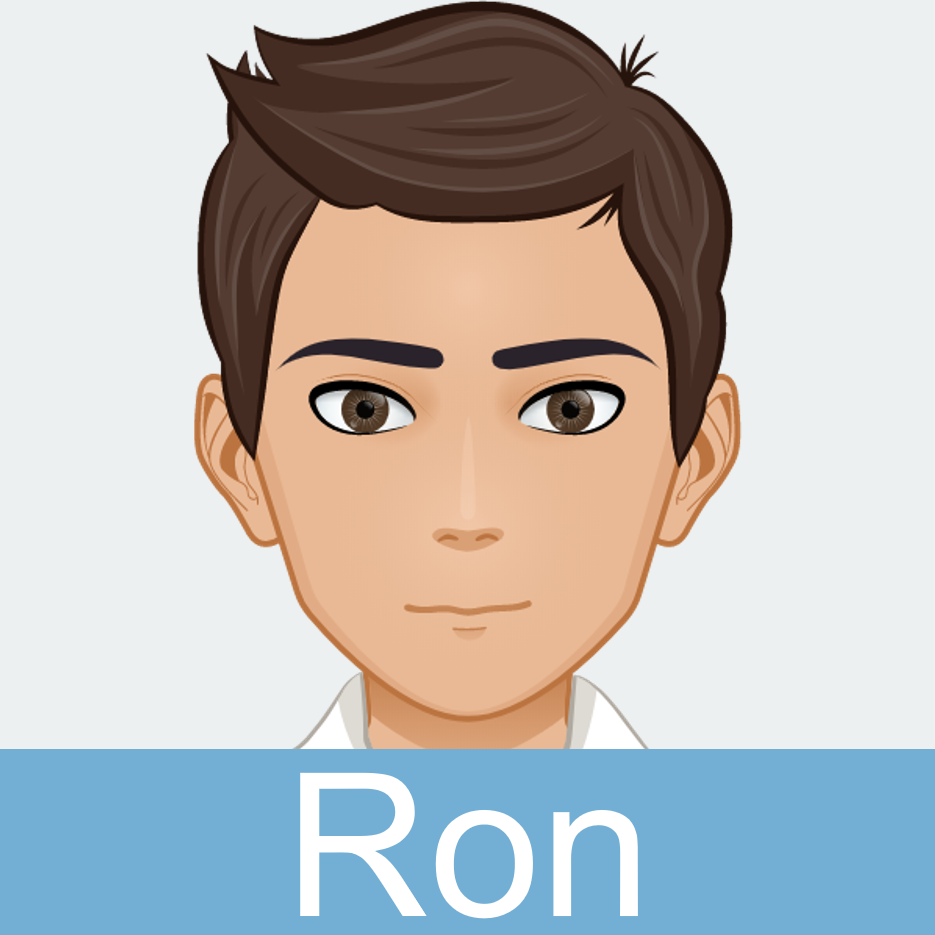LESSON GOAL
Let’s check our lesson goal.
In this material, you will learn how to talk about trends in an advanced English conversation.
In this material, you will learn how to talk about trends in an advanced English conversation.
このレッスンのゴールを確認しましょう。
この教材では、トレンドについて話す練習をします。
この教材では、トレンドについて話す練習をします。
PART A_1
Let’s read the dialogue. I will be Alice and you will be Ron. After reading it once, we’ll switch roles.
PART A_2

I’ve been thinking about dyeing my hair rose pink. What do you think?
|
Rose pink–that’s weird for a hair color. Where did you get the idea?
|

Have you been living under a rock, brother? It’s a new fashion trend. My favorite actress dyed her hair rose pink, too. It looks good on her.
|
I’m sure it would look nice on you, too. Anyway, wouldn’t your hair get damaged from all those chemicals?
|

I dyed my hair blond before, and I never had any problem with my hair, then. I think my hair’s going to be fine.
|
Well, as long as it won’t cause any damage on your hair, then I support you in dyeing it.
|
PART B_1
Let’s talk. Please answer my questions. You may ask me questions, too.
PART B_2
| 1. | Name a trend that you followed. |
| Answer: | |
| 2. | If you were to create a trend/fad, what would it be and why? |
| Answer: | |
| 3. | Do you think that the clothes we wear reflect our personality? |
| Answer: | |
| 4. | What were the worst trends and fads you’ve seen so far? |
| Answer: | |
| 5. | Were there any trends in the past that you hope to come back? |
| Answer: | |
| 6. | Would you rather be called old-fashioned than follow a weird trend? Cite an example of a weird trend. |
| Answer: | |
| 7. | Nowadays, having a tattoo is a trend. Although, some people say that having tattoos look unpleasant on the body. What do you think? |
| Answer: | |
| 8. | How do trends make an impact on society’s improvement? |
| Answer: | |
| 9. | Do you know any trends that cause harm? What are they? |
| Answer: | |
| 10. | Why do you think trends spread quickly through the influence of social media? |
| Answer: |
REVIEW AND FEEDBACK
Now, let us review the things that you learned in this lesson.
ではこのレッスンで学んだことを振り返りましょう。
(Please give a short feedback on how your student did on your class.)
| Grammar 文法 |
Pronunciation 発音 | Vocabulary 単語 |
Comprehension 理解 |
|
|---|---|---|---|---|
 GOOD GOOD |
文法の誤りはほとんどなく、完全な文章で話すことができる | ほとんどの単語をはっきりと正しく発音することができる | 習った表現を適切に使うことができる | 文章を理解し、質問に正しく答えることができる |
 FAIR |
文法の誤りはあるが、完全な文章で話すことができる | 発音の練習が必要な言葉がいくつかある | たまにミスはあるが、習った表現を適切に使うことができる | 文章を完全に理解するのは難しく、質問に正しく答えられないときもある |
 POOR |
文章で話すのは難しく、単語だけで話すことができる | 発音の練習が必要である | 習った単語と表現を少しだけ使うことができる | 文章を理解するのは難しく、質問に答えるのは難しい |
レッスン教材に関するアンケートのお願い
レッスン教材の改善・拡充を図ることを目的とし、アンケートを実施しております。
以下のURLからアンケートにお答えいただき、 ご意見・ご要望をお聞かせください。
アンケートはこちら